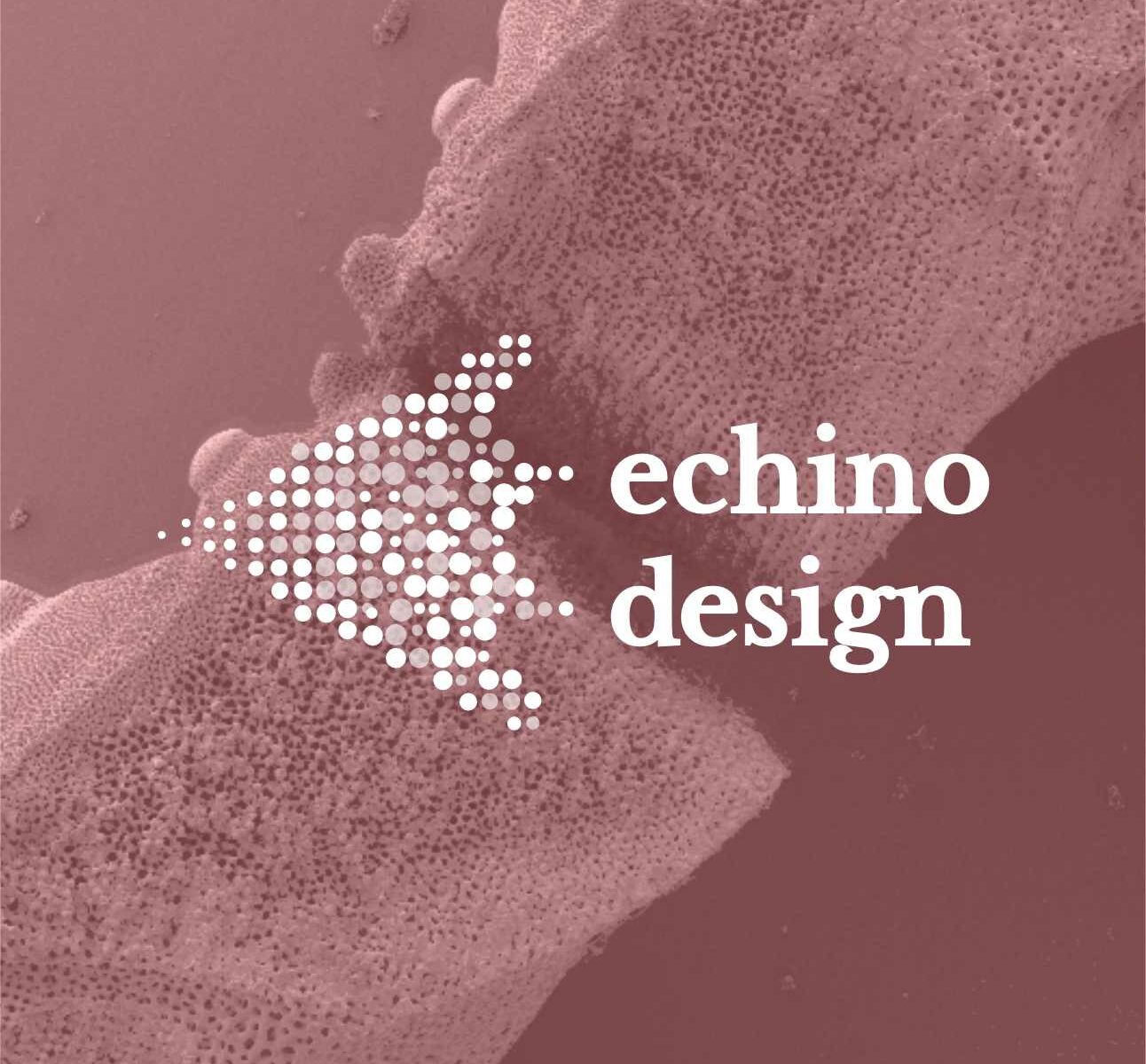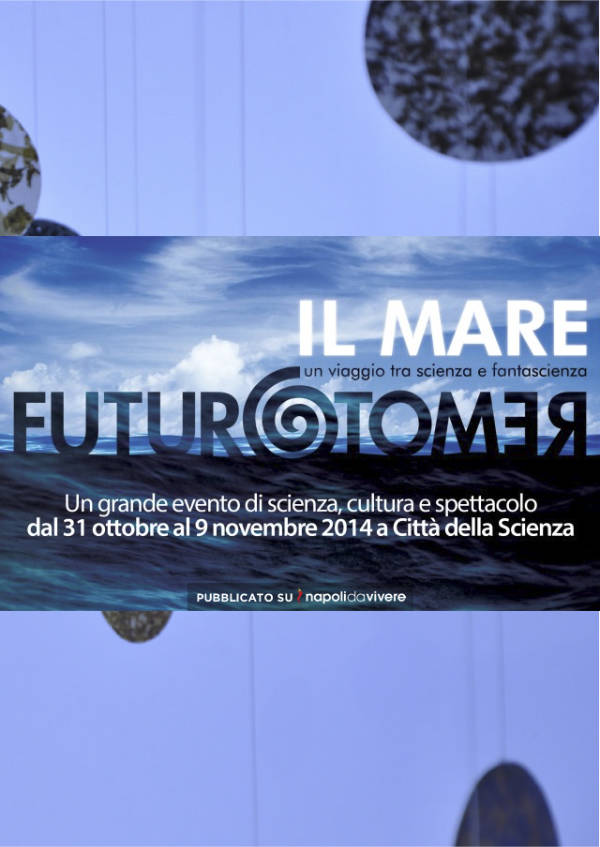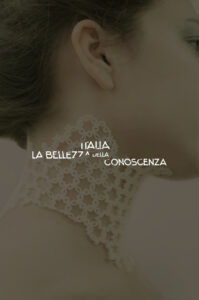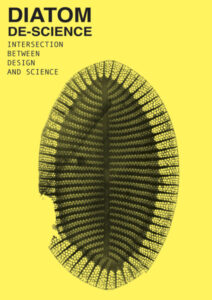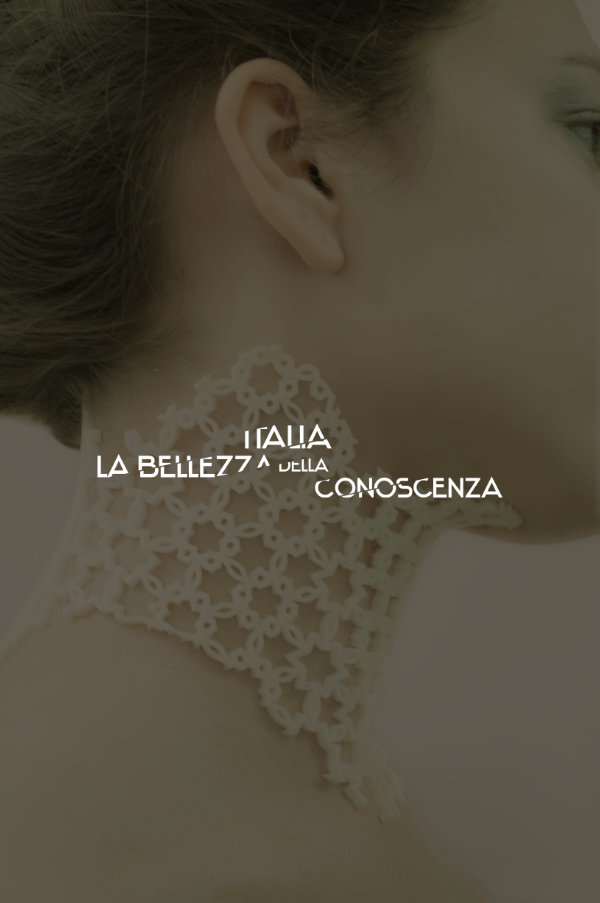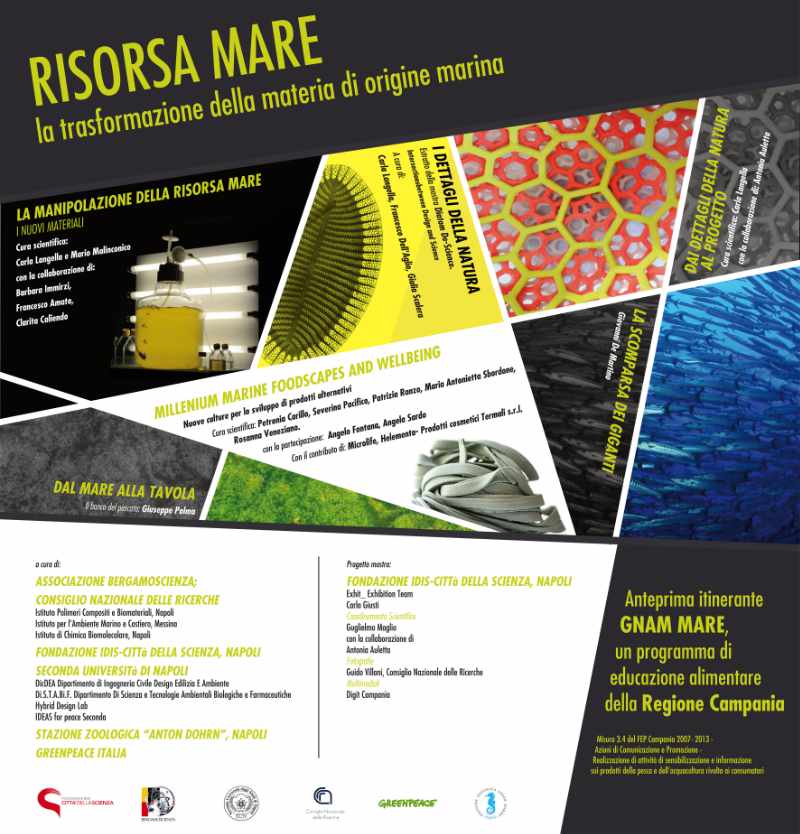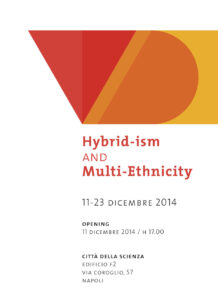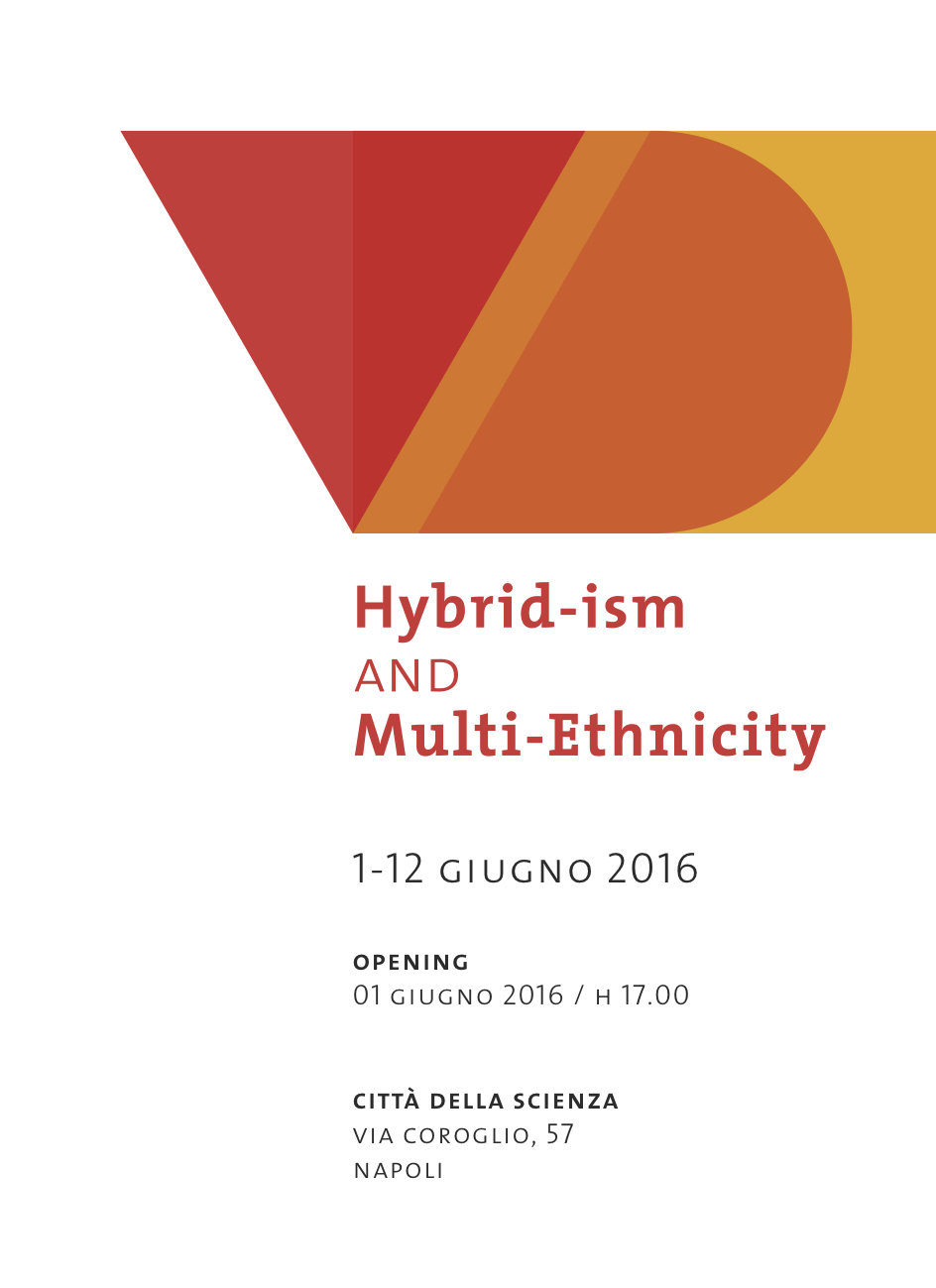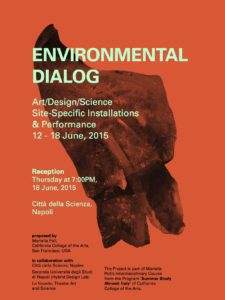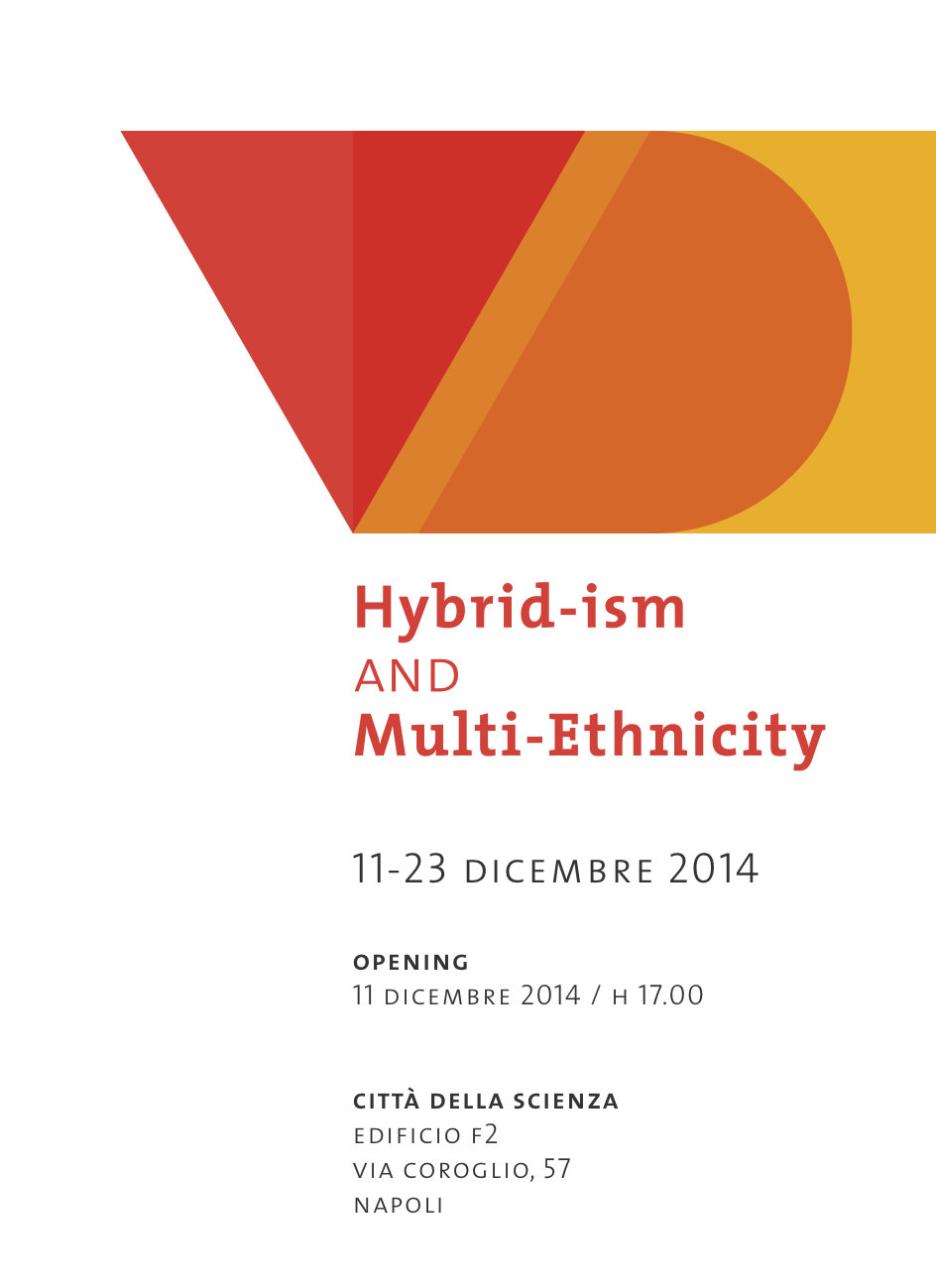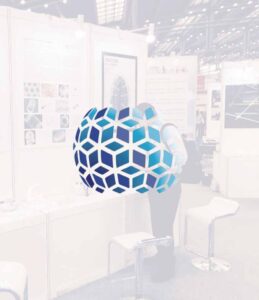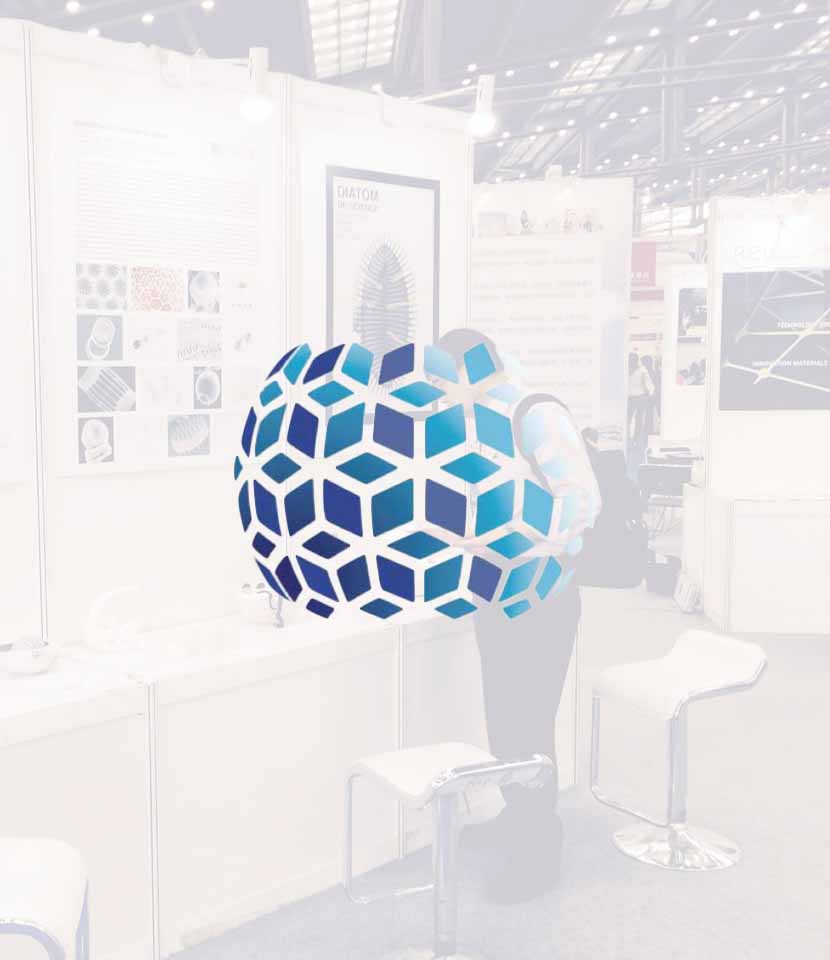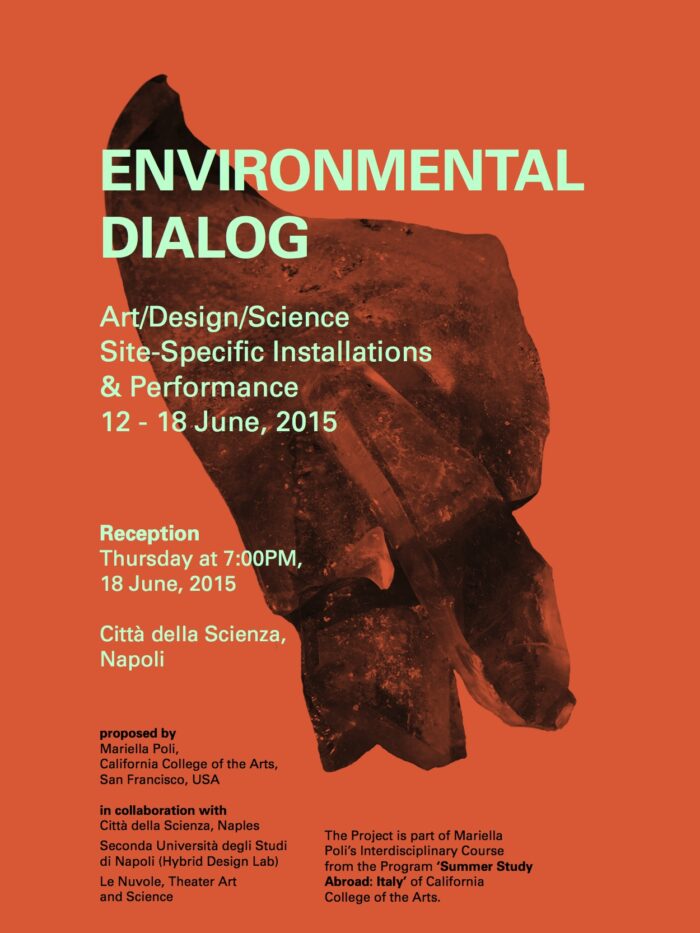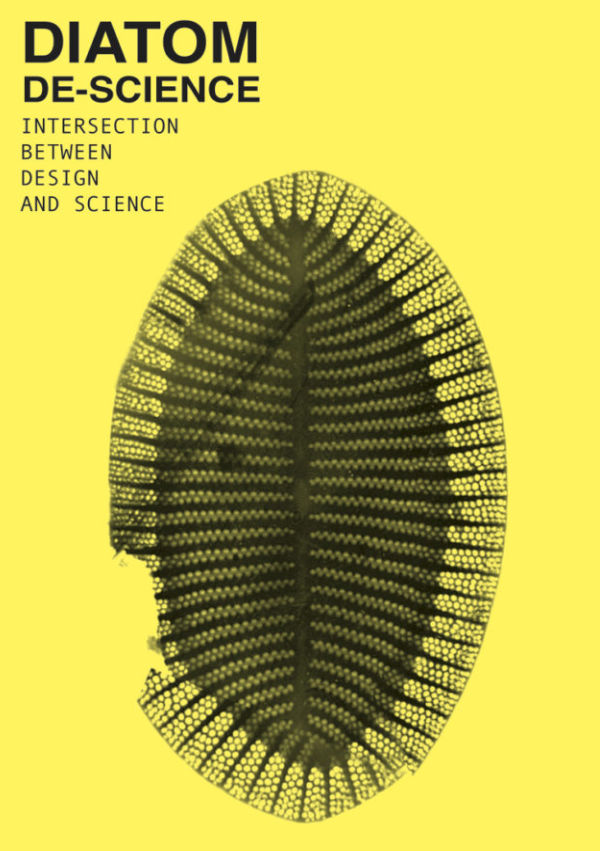exhibition - Open call
echinodesign
L' intersezione tra design, arte and scienza
guarda il video della conferenza
La mostra
A cura di Carla Langella, Valentina Perricone, Roberta Angari
Patrocinato da Università degli Studi della Campania “Luigi Vanvitelli”, Dipartimento (DADI), e Città della Scienza
In collaborazione con Lucia Gambardella e Antonia Minervini
e il contributo di Antonella Rosmino, Sara Coscione e Ciro Esposito
EchinoDesign è una mostra internazionale che si propone come una nuova opportunità per indagare, in modo transdisciplinare, il rapporto tra design, arte e scienza dal punto di vista della biomimetica, disciplina che si occupa di trarre ispirazione da principi, logiche, morfologie e strutture osservati in natura per la progettazione di tecnologie e artefatti innovativi.
L’esposizione sarà declinata in duplice modalità, fisica e virtuale, e includerà prodotti di design, artistici, e scientifici che interpretano, in chiave biomimetica, i caratteri biologici degli echinoidi (ricci di mare) osservati da diversi punti di vista e attraverso differenti livelli di indagine morfologici, generativi, strutturali, materici, dinamici e compositivi.
A partire dal 15 aprile al 31 luglio è aperta la call, rivolta a designer, artisti, ingegneri e scienziati, per proporre idee e concept di artefatti ispirati agli echinoidi.
I candidati possono consultare la sezione Learning from Echinoids per approfondire la conoscenza scientifica dei caratteri biologici degli echinoidi e trovare suggerimenti sulle possibili applicazioni biomimetiche in base all’area di applicazione che si intende indagare (arredo, biomedicale, gioielli, dispositivi elettronici, interaction design, nuovi materiali, grafica, arti figurative, musica, architettura ed edilizia, visualizzazione di dati e risultati scientifici, applicazioni digitali, ecc.). l
Le proposte sottomesse verranno valutate e selezionate da un comitato scientifico multidisciplinare composto da esponenti del design, dell’ingegneria e della scienza di rilievo internazionale.
I risultati della selezione verranno pubblicati il 15 Settembre 2021.
A partire da questa data, i progetti selezionati dovranno essere sviluppati e prodotti in forma di artefatti da esporre e inviati entro il 15 novembre 2021.
Durante la fase di sviluppo dei concept sarà possibile richiedere un supporto tecnico e scientifico ai curatori (echinodesign@gmail.com). I prodotti selezionati per essere esposti dovranno essere realizzati autonomamente dai progettisti o in collaborazione con aziende partner del progetto.
La mostra verrà esposta a partire dal 24 Febbraio 2022 presso Città della Scienza di Napoli e virtualmente attraverso una piattaforma online che verrà concepita in modo da poter essere itinerante con tappe in Italia e all’estero.
All’esposizione saranno correlati interventi seminariali e workshop internazionali sui temi della biomimetica e dell’innovazione sostenibile.
Mediante l’integrazione di diversi punti di vista e differenti interpretazioni sul tema degli Echinoidi, verrà offerta al pubblico un’esperienza multidisciplinare e multisensoriale, che consentirà anche ai visitatori meno esperti, di immergersi nell’ affascinante mondo degli echinoidi e di comprenderne sia l’incredibile valore ambientale sia le potenzialità di ispirazione per lo sviluppo di nuovi artefatti.
Echinodesign: i progetti
EchinoDesign nasce da due progetti di ricerca:
- Mechanical design of the echinoid endoskeleton and inspired industrial details for design engineering in the Industry 4.0 Era
Ricerca interdisciplinare sviluppata nell’ambito del corso di dottorato in “Ambiente, Design e Innovazione” dell’Università degli Studi della Campania “Luigi Vanvitelli” e dell’Hybrid design Lab.
- RICCIcliamo: la seconda vita del riccio di mare
Due linee di ricerca incentrate sul riuso degli scarti alimentari del riccio di mare in un’ottica di economia circolare, a cura di tre diverse università italiane (UniMi, UniPd, UniGe).
Mechanical design of the echinoid endoskeleton and inspired industrial details for design engineering in the Industry 4.0 Era
Gli echinoidi, comunemente conosciuti come ricci di mare, sono invertebrati bentonici che popolano i mari fin dal tardo Ordoviciano, circa 450 milioni di anni fa. Durante la loro evoluzione, essi sono andati incontro a una rilevante radiazione adattativa specializzandosi in una varietà di forme e stili di vita adattate ai più disparati habitat marini. Il successo evolutivo degli echinoidi è certamente dovuto all’esclusivo design dei loro endoscheletri, pronti a resistere agli stress biotici e abiotici a cui sono sottoposti nell’ambiente acquatico. Eppure, tali strutture ottimizzate, che minimizzano l’energia e i materiali da utilizzare per la loro realizzazione, costituiscono anche dei nature models ideali per il trasferimento tecnologico di soluzioni funzionali intelligenti nell’ingegneria e nei più svariati settori di disegno industriale.
In tale contesto nasce EchinoDesign, basato su un progetto di ricerca interdisciplinare dal titolo “Mechanical design of the echinoid endoskeleton and inspired industrial details for design engineering in the Industry 4.0 Era” sviluppato nell’ambito del corso di dottorato in “Ambiente, Design e Innovazione” dell’Università degli Studi della Campania “Luigi Vanvitelli” e dell’Hybrid design Lab. Tale ricerca è stata di fatto incentrata sullo studio delle caratteristiche morfologiche e strutturali dello scheletro degli echinoidi volto all’acquisizione di nuove conoscenze biologiche e all’individuazione di strategie funzionali per il loro trasferimento biomimetico. Gli echinoidi sono dunque diventati guida e modello per lo sviluppo di diversi concept bio-ispirati.
Per saperne di più vai alla sezione: Learning from Echinoids.
Lo studio è stato condotto da:
Valentina Perricone, Università della Campania “Luigi Vanvitelli”
in tutoraggio con:
Carla Langella, Università della Campania “Luigi Vanvitelli”
Maria Daniela Candia Carnevali, Università statale di Milano
Mario De Stefano, Università della Campania “Luigi Vanvitelli”
Flavio Ferrazzano, Weiko s.r.l.
Tobias Grun, Università della Florida
Michal Kowalewski, Università della Florida
Con la fondamentale partecipazione di:
Francesco Marmo e Luciano Rosati, Università
Federico II di Napoli
Gabriele Pontillo, Università della Campania “Luigi Vanvitelli”
Lucas Fabian Olivero, Università di Algarve e Università di Aberta
e l’indispensabile supporto di:
Paolo Russo, Università Federico II di Napoli
Sergio Bravi, Università Federico II di Napoli
Luigia Santella, Stazione Zoologica di Napoli
RICCIcliamo: la seconda vita del riccio di mare
I ricci di mare, oltre a svolgere un ruolo cruciale nell’ecosistema marino e a ispirare, con la loro particolare conformazione, soluzioni biomimetiche innovative, rappresentano in molti paesi – Italia compresa – una prelibatezza culinaria. Mangiarli come condimento di un piatto di pasta, o crudi come antipasto, è però un’esperienza che, anche se gratificante dal punto di vista gustativo, è decisamente non sostenibile dal punto di vista ecologico: del riccio, infatti, si mangiano solo le gonadi, mentre il resto (dal 70 al 90% della massa totale) viene scartato.
Grazie al lavoro di un team di ricerca multidisciplinare, che coinvolge diversi atenei (UniMi, UniPd, UniGe) e che è diretto e coordinato dal Dipartimento di Scienze e Politiche Ambientali UniMi, è ora possibile riutilizzare questi scarti alimentari in maniera innovativa in un’ottica di economia circolare: le applicazioni vanno dalla medicina rigenerativa (con la creazione di veri e propri sostituti della pelle ottenuti dal collagene che circonda la bocca del riccio) all’allevamento e acquacoltura (tramite la produzione, a partire dalla teca del riccio, di una farina ricca di calcio e antiossidanti da usare come additivo per i mangimi di galline ovaiole, pesci e degli stessi ricci).
Per saperne di più visita il sito: https://www.riccicliamo.it/
